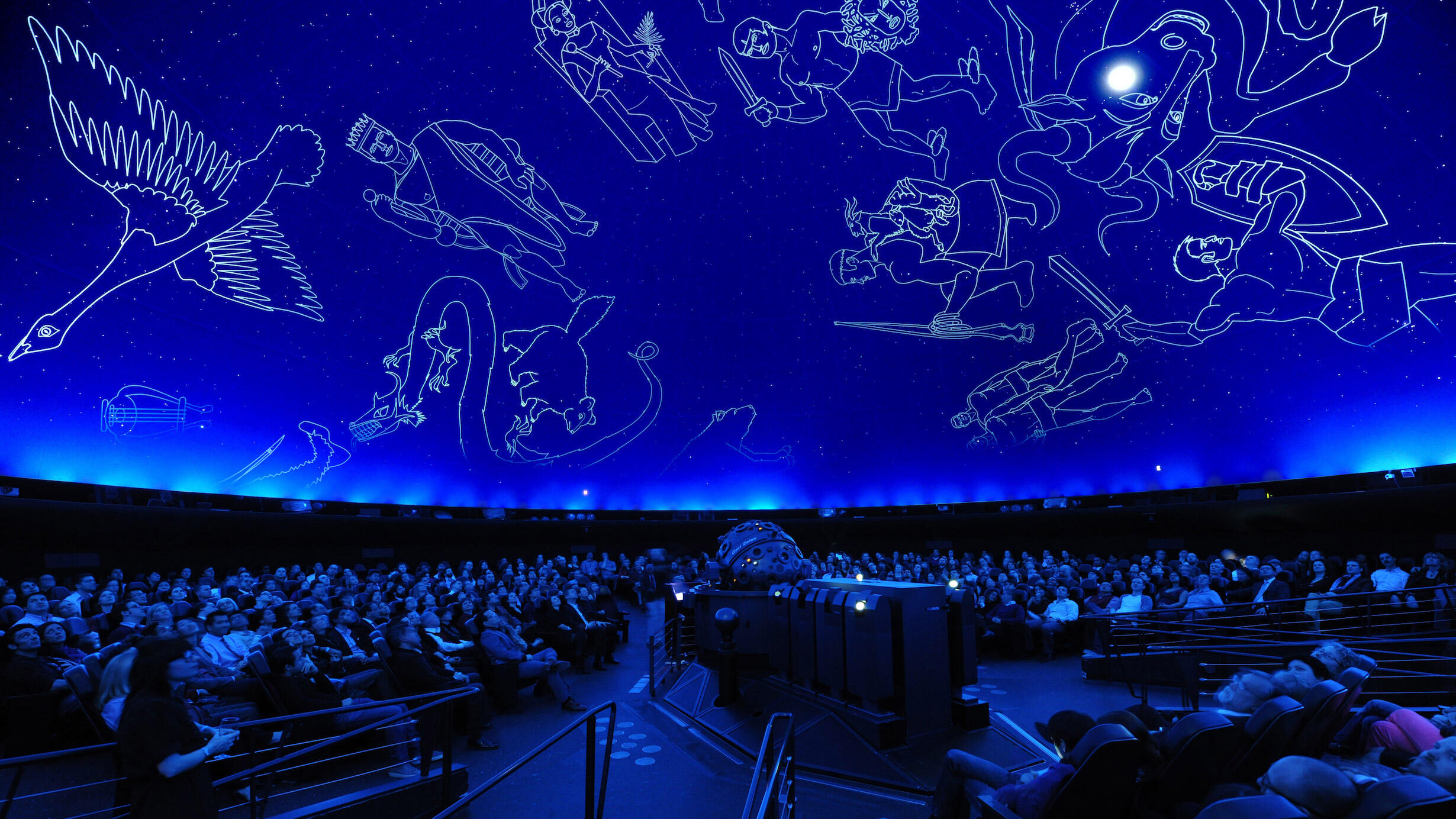Astronomy Live
Part of Adults
Past Events
Astronomy live programs are based upon work supported by NASA under award No NNX16AB93A. Any opinions, findings, and conclusions or recommendations expressed in this material are those of the author(s) and do not necessarily reflect the views of the National Aeronautics and Space Administration.
